Specifically, at the closing session of the week, the central exchange rate was increased by 32 VND/USD by the State Bank compared to the previous session, to 24,886 VND/USD. Compared to the previous week, the central exchange rate increased by 43 VND, higher than the increase of 30 VND last week.

With a 5% margin, commercial banks can trade in the range of 23,642 - 26,130 VND/USD. At the State Bank of Vietnam, the reference exchange rate was adjusted up 30 VND for buying and 34 VND for selling, at 23,692 - 26,080 VND/USD.
However, at the end of the week, commercial banks listed exchange rates slightly lower than the previous session, commonly at 25,570 VND/USD (buy) - 25,960 VND/USD (sell), down 20 VND/USD.
Overall, last week, at commercial banks, the USD selling price increased by about 200 VND, while it remained the same last week. Notably, on April 3, banks sharply increased the USD selling price, up to 160 VND/USD after the US announced its reciprocal tariff schedule with many countries, including Vietnam.
Meanwhile, in the free market, the USD/VND exchange rate fluctuated less than that of commercial banks, but the selling price still increased by 76 VND/USD, reversing the trend of the previous week (down 10 VND). At the end of the week, the exchange rate in the free market was at 25,936 VND/USD (buy) - 26,036 VND/USD (sell), up 66 VND/USD.
In the international market, the DXY index, which measures the value of the USD against a basket of six major currencies in the world, remains at a six-month low, currently around 102.03 points, down 9.4% from the beginning of the year. The USD was sold off as investors withdrew capital from the US stock market.
According to experts, the current policy of maintaining low interest rates is posing a major challenge to the goal of stabilizing the exchange rate. These two goals are inherently conflicting. If we want to boost GDP growth to 8%, or even 10% in the coming time, lowering interest rates is necessary to support businesses and stimulate credit demand. However, low interest rates increase pressure on the exchange rate, especially in the context of the interest rate gap between Vietnam and the US continuing to narrow.
On the contrary, to stabilize or reduce the exchange rate, Vietnam is forced to raise interest rates, which goes against efforts to support economic growth. Therefore, balancing growth targets and macroeconomic stability, especially exchange rates, is putting policymakers in front of a problem with many constraints and is not easy to reconcile in the short term.
Source: https://hanoimoi.vn/tuan-qua-ty-gia-trung-tam-len-cao-nhat-lich-su-698017.html


![[Photo] Closing of the 11th Conference of the 13th Central Committee of the Communist Party of Vietnam](https://vstatic.vietnam.vn/vietnam/resource/IMAGE/2025/4/12/114b57fe6e9b4814a5ddfacf6dfe5b7f)




![[Photo] Overcoming all difficulties, speeding up construction progress of Hoa Binh Hydropower Plant Expansion Project](https://vstatic.vietnam.vn/vietnam/resource/IMAGE/2025/4/12/bff04b551e98484c84d74c8faa3526e0)
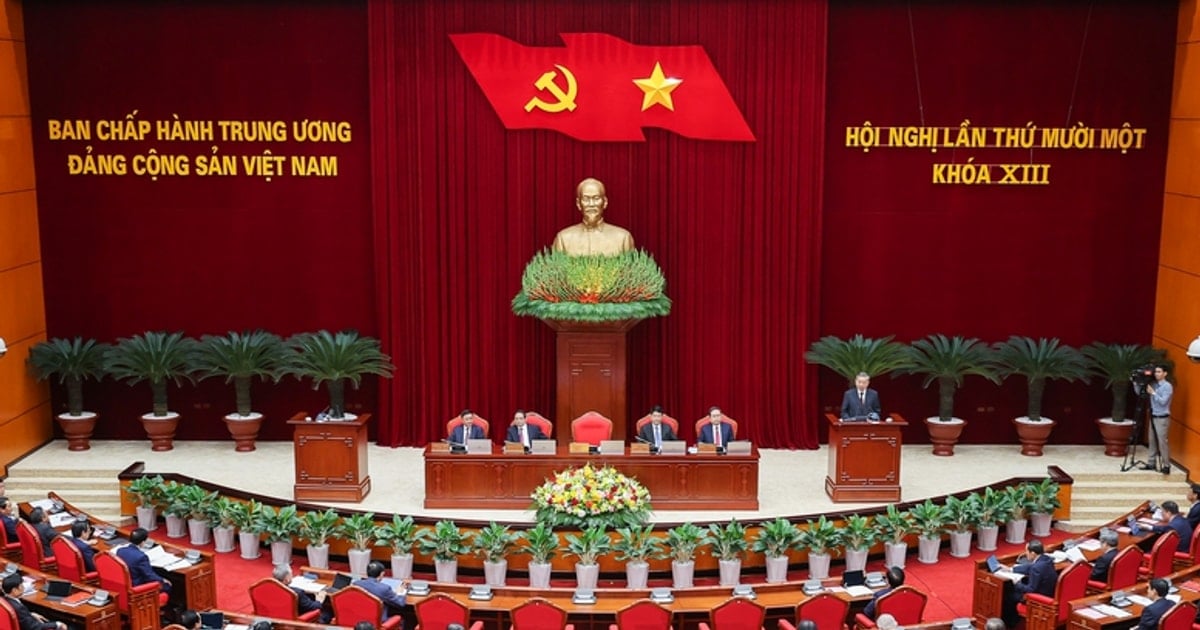



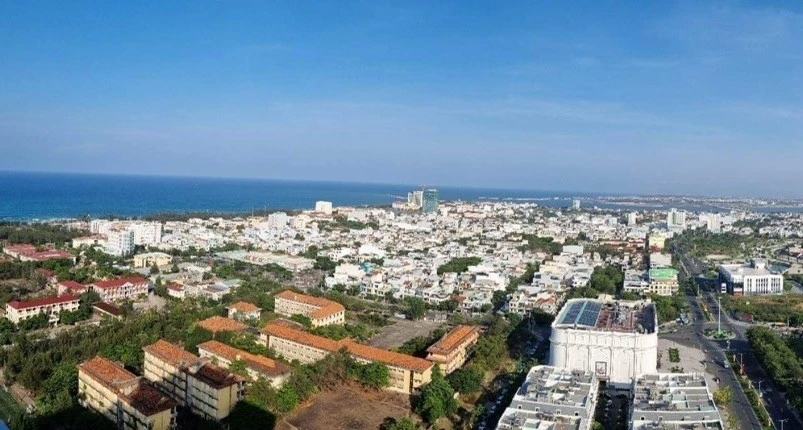





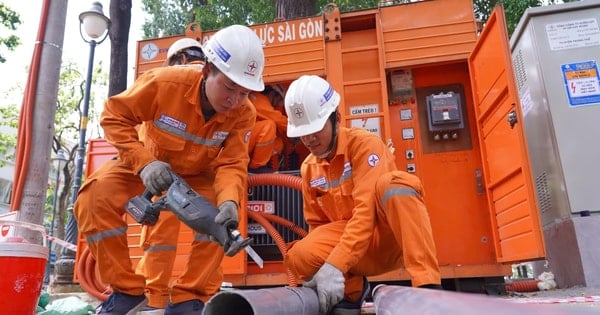
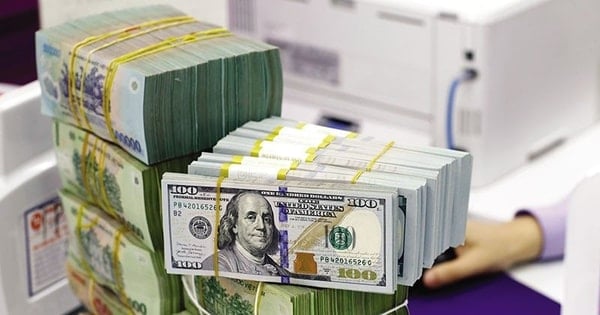

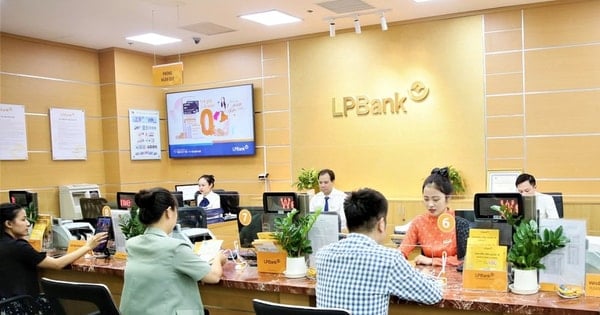
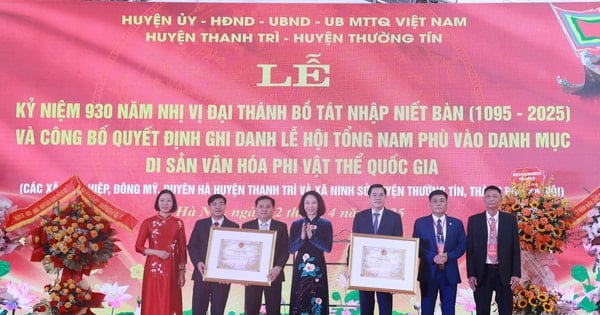




















































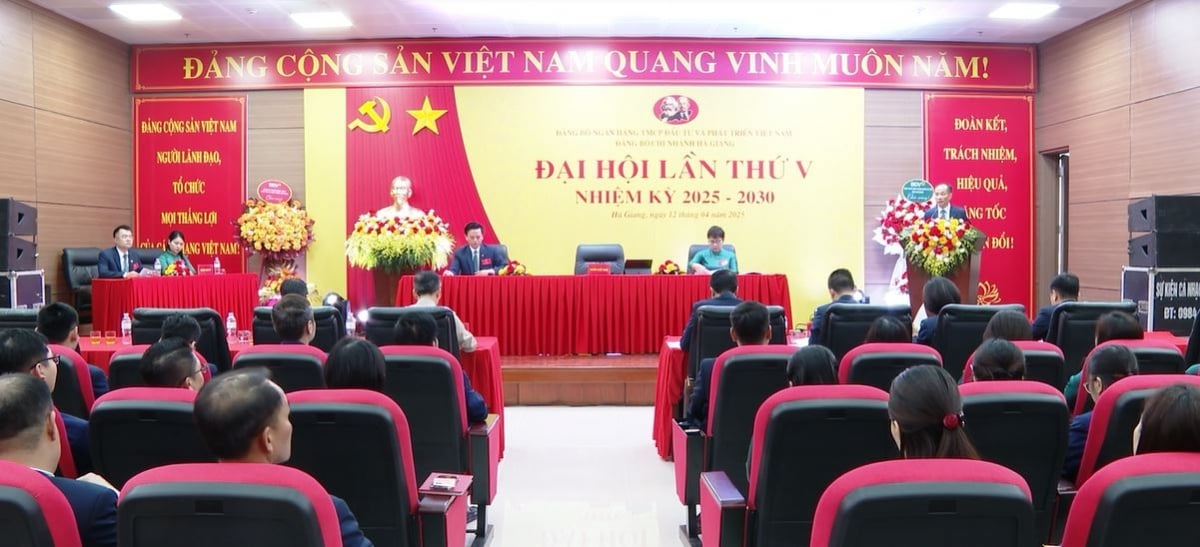












Comment (0)